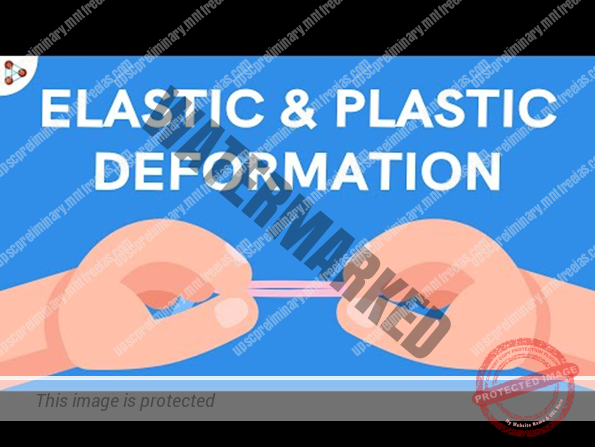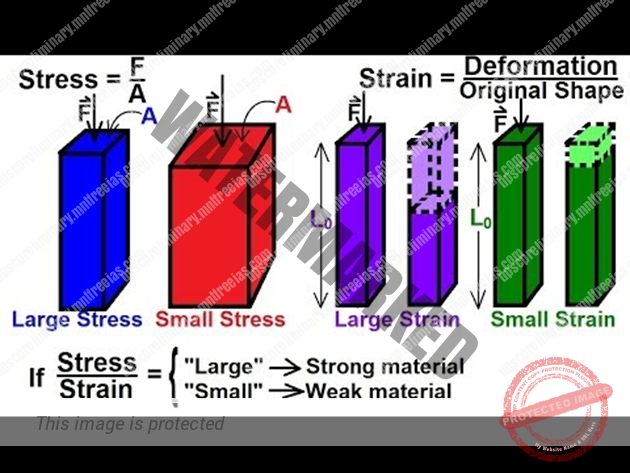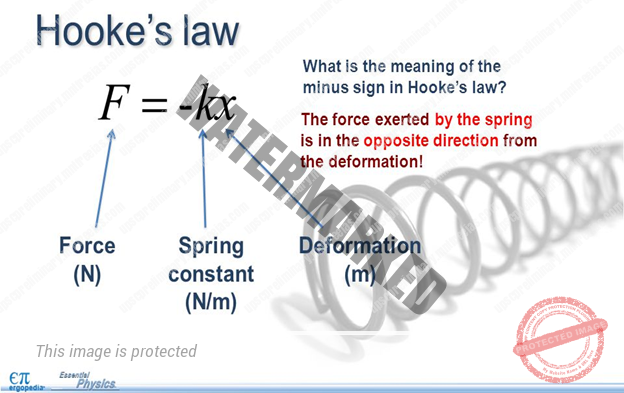- ELASTIC & PLASTIC DEFORMATION
UNIT 9 – PHYSICS - PROPERTIES OF MATTER – PART 2
A solid has definite shape and size. In order to change (or deform) the shape or size of a body, a force is required. If you stretch a helical spring by gently pulling its ends, the length of the spring increases slightly. When you leave the ends of the spring, it regains its original size and shape. The property of a body, by virtue of which it tends to regain its original size and shape when the applied force is removed, is known as elasticity and the deformation caused is KNOWN AS ELASTIC DEFORMATION.
However, if you apply force to a lump of putty or mud, they have no gross tendency to regain their previous shape, and they get permanently deformed. Such substances are called plastic and THIS PROPERTY IS CALLED PLASTICITY. Putty and mud are close to ideal plastics.
When a force is applied on body, it is deformed to a small or large extent depending upon the nature of the material of the body and the magnitude of the deforming force. The deformation may not be noticeable visually in many materials, but it is there. When a body is subjected to a deforming force, a restoring force is developed in the body. This restoring force is equal in magnitude but opposite in direction to the applied force.
The RESTORING FORCE PER UNIT AREA IS KNOWN AS STRESS. If F is the force applied and A is the area of cross section of the body, Magnitude of the stress = F/A. THE SI UNIT OF STRESS IS N M−2 OR PASCAL (PA). Stress is the restoring force per unit area and strain is the fractional change in dimension.
HOOKE’S LAW:
Robert Hooke, An English Physicist (1635 – 1703 A.D) performed experiments on springs and found that the elongation (change in the length) produced in a body is proportional to the applied force or load. In 1676, he presented his law of elasticity, now CALLED HOOKE’S LAW.
For small deformations the stress and strain are proportional to each other. This is known as Hooke’s law. Thus, stress” strain or stress = k X strain, where k is the proportionality constant and is known as modulus of elasticity.
The basic property of a fluid is that it can flow. The fluid does not have any resistance to change of its shape. Thus, the shape of a fluid is governed by the shape of its container. A liquid is incompressible and has a free surface of its own. A gas is compressible, and it expands to occupy all the space available to it.




